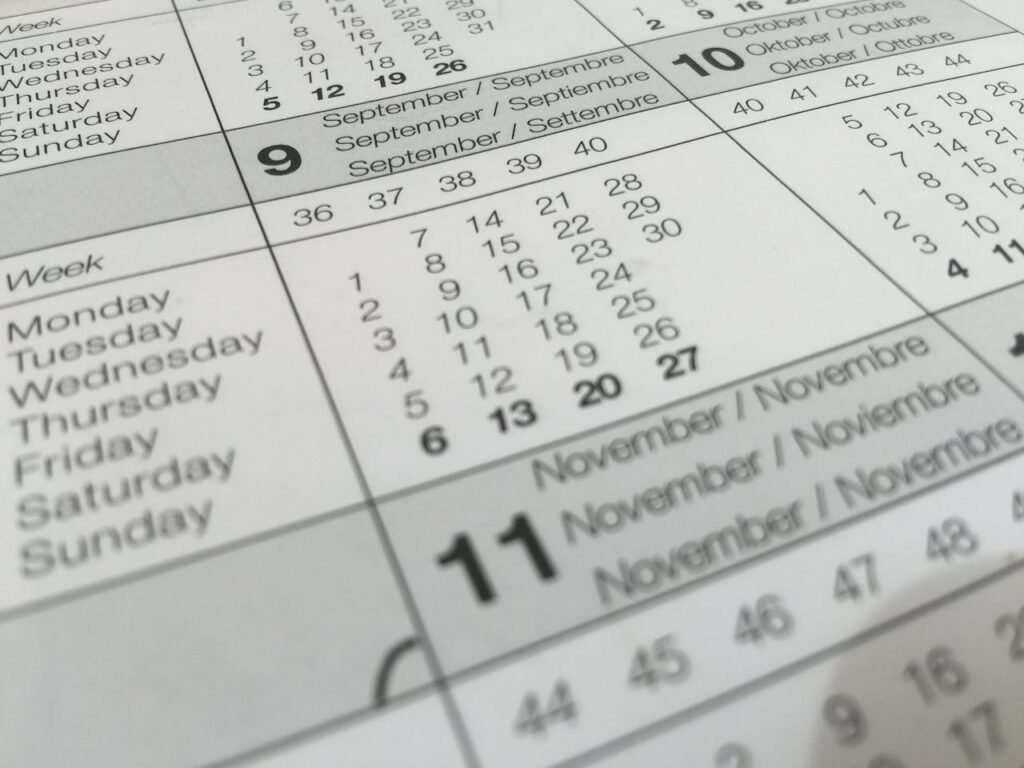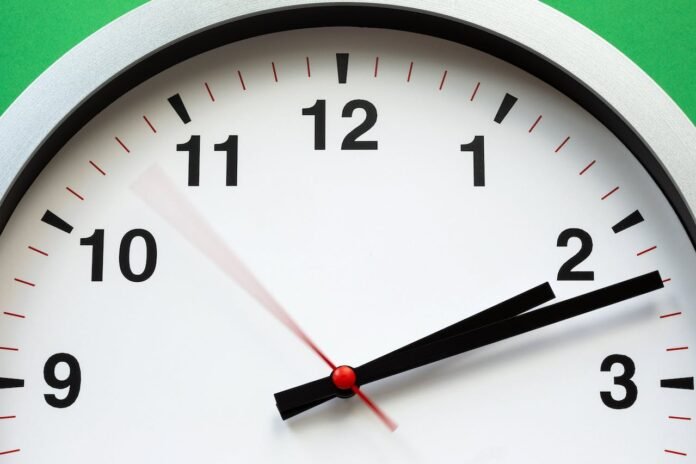Does anyone know how time works? Can we have any control over its passage? For this, we went to what some have said in the past.
For example, the ancient Maya created a system of timekeeping based on astronomy that is still used today. The Maya developed a detailed system of timekeeping based largely on astronomical measurements that let them time agricultural events, religious observances and more.
Their richly detailed calendar has drawn archaeological interest for decades as both an example of Maya ingenuity and for the insights into their culture it contains. The Maya were excellent astronomers — they erected entire buildings to serve as observatories and created detailed tables cataloging the movements of the moon, Mars and other planets.
Maya astronomical calculations even accurately dated a 1991 solar eclipse. Observations like these formed the basis for their calendar; the celestial clock provided a reasonably accurate means of measuring the passage of time.
Spiritual, though it may seem, the real origin of the calendar is firmly grounded in science. The Maya made use of several interlocking calendars, though they likely didn’t invent them.
There are strong similarities between Maya calendars and those used by older Central American civilizations like the Olmec. The Maya appear to have simply expanded upon these.
The Maya used two separate calendars that counted off days, the haab and the tzolk’in (though the latter is a term modern archaeologists bestowed on the calendar; the Maya use several different names for it).

The haab consists of 18 months of 20 days each, with another month of five days called the Wayeb, for a total of 365 days. The Wayeb was considered a dangerous time, and the Maya would make offerings and conduct religious observances to ward off ill-fortune.
The tzolkin has 260 days, and consists of 20 named days and 13 numbers, with each combination of name and number occurring once. Of course, ya’ all know this if you have visited the Yucatan or Guatemala.
The Maya still use these two calendars today to guide their agricultural season and dictate religious observances’ timing. Members of their culture have been keeping count of the days for well over two thousand years — an unbroken string of timekeeping.
How did Egyptians see time?
Around 3,500 BCE, the Egyptians used the shadows the giant stone obelisks cast on the ground to tell the time of day. Each obelisk was built to tell a story. But they worked very well as shadow clocks. Later on, the ancient Egyptians invented the first portable timepiece. There again, they looked to the passage of the stars, Sun and Moon to mark the passage of time.
No clues there. Even Gilgamesh tried to figure it which sent him on a huge adventure, or so the myth goes. Then there’s Einstein.
Time seems to follow a universal, ticktock rhythm. But it doesn’t, he says.
In the Special Theory of Relativity, Einstein determined that time is relative—in other words, the rate at which time passes depends on your frame of reference.
Just as observers in two different frames of reference don’t always agree on how to describe the motion of a bouncing ball, they also don’t always agree on when an event happened or how long it took.
A second in one reference frame may be longer compared to a second in another reference frame.
Get that?
I do know for sure there is no time like the present: this is OUR time.



